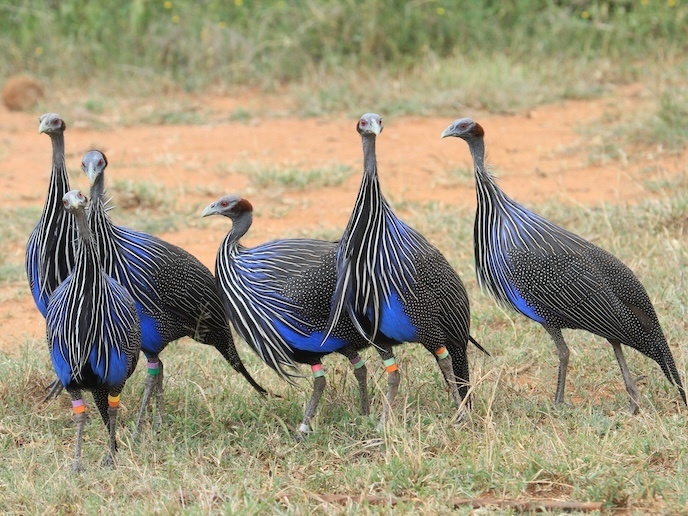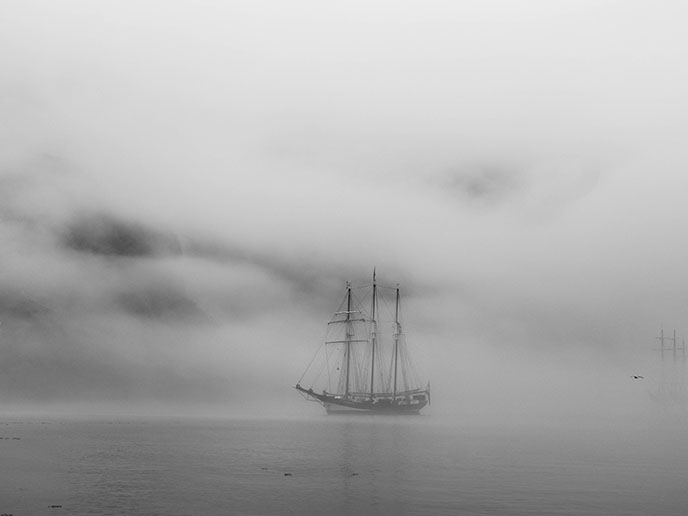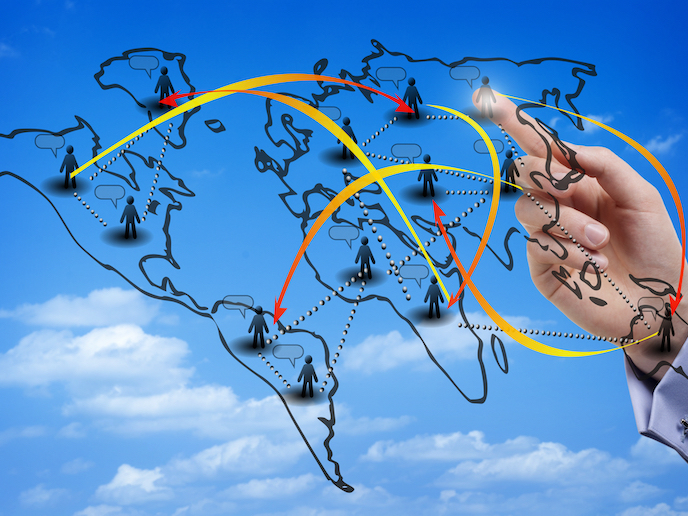Understanding the ecology of collective behaviour
As some organisms evolved to live in groups rather than alone, their relationship to the world around them changed. Collective decision-making emerged from this evolutionary shift: the ability of individuals to make decisions together. “To function as a group, individuals must somehow resolve different preferences among themselves when making decisions, which arise because each individual has different needs and experiences,” explains Damien Farine(opens in new window), associate professor at the Australian National University. So why and how do some individuals hold more sway? Ecological theory suggests the influence of one individual over another is based on a range of factors, from their social role, physiological state and relationship to the physical environment. Most studies have only studied these factors in isolation. In the ECOLBEH(opens in new window) project, which was funded by the European Research Council(opens in new window) (ERC), Farine and his colleagues took a ‘whole system’ approach to the question, studying collective decision-making within and between groups by analysing several groups of wild vulturine guinea fowl in Kenya.
Biologging to understand collective decisions
First, the team attached biologgers to 10 % of individuals within 20 groups of guinea fowl to give a complete picture of the activity in the groups. Then the researchers used biologgers on everyone in two groups, to collect very fine-scale data on what every individual was doing (each individual was visually identifiable by coloured markers). A team in Kenya monitored all the guinea fowl every morning and afternoon to assess group dynamics. Other loggers measured body temperature and heart rates to assess stress, while data on the environment itself was also monitored. The team also ran experiments manipulating the food available to groups, to see if different groups learnt from one another and if they learnt how to avoid looking for food in the same place.
The voting systems of wild guinea fowl
“We found that guinea fowl make decisions by voting,” says Farine. “Individuals move in the direction of where they want to go next and the group then chooses the direction that has the most votes, i.e. the largest subgroup.” There were several nuances, including that males were more likely to be successful because they formed clubs: “Males – who are all likely related to one another – are very cliquish, they stick tightly together all of the time, which makes them more likely to form a majority,” explains Farine. The results also showed that: democratic decision-making is important for low-ranking birds; trying to lead a group is stressful for birds; and groups can indeed acquire information about the environment from other groups. The latter helps to explain why multiple groups of animals ‘hang out’ together, notes Farine: they may be looking out for others that appear well fed, to follow them to better food.
Spreading the word about collective decisions
The team’s findings also provide important support to a central hypothesis that group living helps organisms deal with harsh environments. “For example, we find that the acquisition of information at communal roosts is likely to be particularly important during droughts, when food is scarce,” Farine remarks. The work of ECOLBEH is already being built on through new projects, says Farine. “One of the real advantages of the ERC funding is that it has allowed us to build a huge resource – in terms of data and in terms of getting all of our methods working – upon which we can build future work.”







